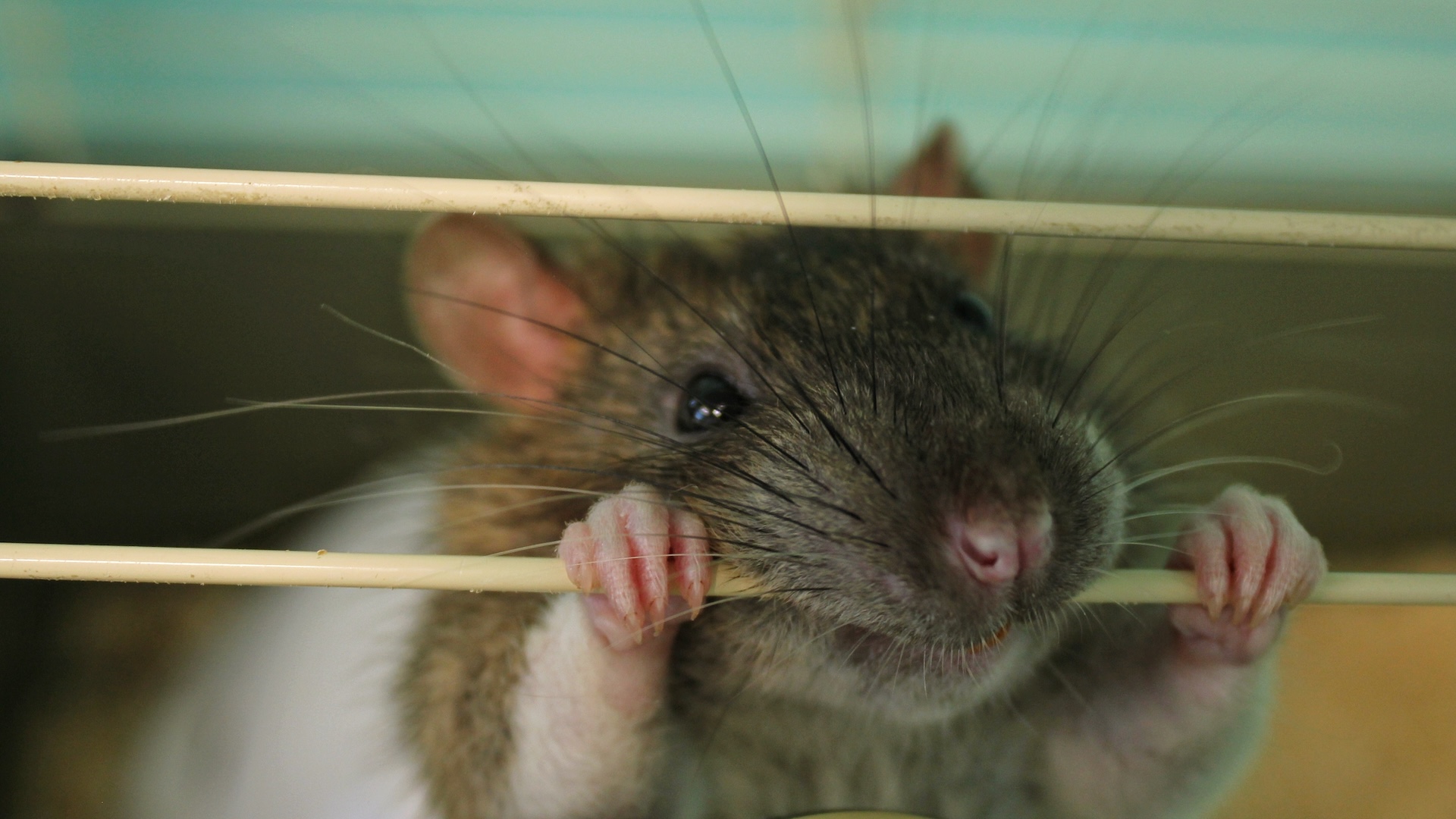Scientists have developed a new, needle-free way to deliver vaccines: through the gumline.
In a new proof-of-concept study, researchers successfully vaccinated mice against influenza by cleaning their teeth with dental floss coated with inactive flu viruses.
Most vaccines are administered using a needle, an approach that has its drawbacks. For example, apprehension about pain from the injection and needle phobias can deter people from getting vaccinated. Additionally, injections require more medical expertise to administer than needle-free options, like mouth drops or nasal sprays, and are more challenging to store and distribute.
But a floss-based vaccine could eliminate the pain and logistical challenges surrounding injections and “even be distributed through the postal mail,” the researchers behind the development wrote in their study, published July 22 in the journal Nature Biomedical Engineering.
Such a vaccine could potentially be deployed in “resource-limited settings with minimal training,” they added, and be especially helpful in active outbreaks when vaccine coverage needs to be boosted quickly.
Previous studies have shown that vaccinations delivered in the cheek or under the tongue trigger satisfactory immune responses. But it can be difficult to deliver adequate doses of these vaccines through mucosal tissues in the mouth — the lining that acts as a barrier between our body and the environment.
Related: Acne vaccine: Experimental shot for common skin condition reaches clinical trials. Here’s what you need to know.
The researchers behind the vaccine floss found a creative solution: Researchers focusing on gum disease have found particular areas in the mouth that are very permeable, meaning molecules are easily absorbed by the tissue. One of these areas is called the junctional epithelium (JE). The JE is found on the tissue between teeth, at the spot where the tooth’s surface meets the gum line. By secreting different molecules, the JE detects and defends against pathogens that try to get in through the gums.
The study researchers thought that the JE’s ability to allow molecules through and to stimulate an immune response made it a potential candidate for a vaccine site. To reach it, they needed something that could get into that small crevice between tooth and gum. So, they went out and bought some dental floss.
To explore this concept, the researchers tested their hypothesis in mice. Once they’d figured out how to floss a mouse’s teeth — turns out, it’s a two-person job — they set up a flossing schedule to expose 50 mice to an inactive flu virus. Killed, or “inactivated” viruses cannot cause infection and are a common component of vaccines; they’re used to immunize humans against diseases such as hepatitis A and polio, for example, and are found in some types of flu shot.
One group of mice had their teeth flossed with the virus-coated floss three times, with two weeks between each dose. Then, a month after their final dose, they were exposed to an active flu virus. All survived, while a comparison group of mice that was left unvaccinated all died.
Further testing found that the mice that had been vaccinated via the floss had a strong immune response, producing ample antibodies and many immune cells. This immune defense was found throughout the body — known as systemic immunity — and in their saliva and feces.
“The floss-based vaccination induced both systemic and mucosal immunity, while conventional intramuscular shots largely stimulate systemic immunity,” first study author Rohan Ingrole, a chemical engineer at Texas Tech University, told Live Science in an email. “Mucosal immunity is important because most of the pathogens enter through the mucosal routes,” he emphasized.
In theory, vaccine floss could thus have an edge over syringe vaccines by triggering this additional protection, but the team would like to directly compare the two methods in the future to validate this idea.
Next, the researchers wanted to know if flossing could transfer compounds to the JE in humans. As an early test, they used a fluorescent marker and blue food coloring to coat a dental pick and had healthy volunteers floss their teeth with it. Photographs confirmed that a fair amount of the dye was transferred to the space between their teeth and gum, though just over 41% was left on the floss.
The next step, the researchers said, is to translate the research to larger animals, which “can then lay the foundation for human testing in the near future,” senior study author Harvinder Gill, a bioengineer at North Carolina State University, told Live Science in an email.
This article is for informational purposes only and is not meant to offer medical advice.
